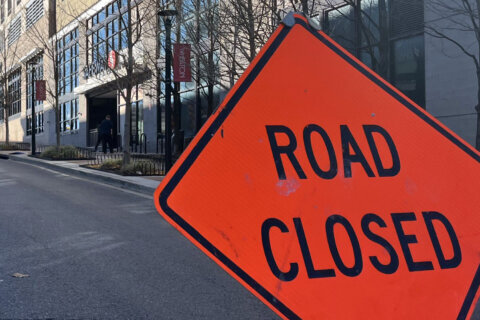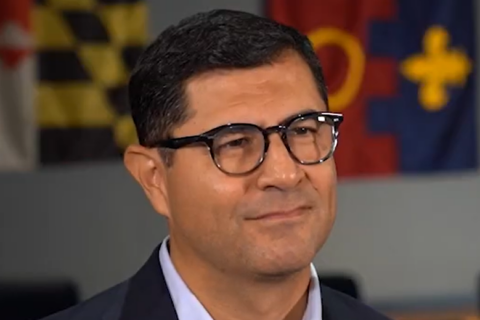WASHINGTON — Preventing suicide starts with talking about it. That’s the message from mental health experts who work with adolescents.
In Montgomery County, two high school students took their own lives in separate incidents a week apart. Montgomery County police said the two cases are unrelated, but the recent cases have sparked a discussion about suicide in the local schools and the community.
“Mental health and suicide are uncomfortable topics,” said Elizabeth Rathbone, coordinator of student health in Montgomery County Public Schools.
But when it comes to prevention, she added, “What we know works is to have open, honest conversations.”
Raymond Crowel, chief of behavioral crisis services for Montgomery County, agrees that talking about suicide with young people is important.
“If we don’t talk about it, then the people who are struggling or are in pain don’t know that they can seek help.”
Many adults shy away from talking about suicide, fearing they’ll somehow inspire a young person to consider it.
But the opposite is true, said Jonathan Singer, associate professor of social work at Loyola University in Chicago and the secretary of the American Association of Suicidology. He cited research that showed that middle schoolers who were struggling with suicidal thoughts reported less distress after answering questions about suicide.
“Asking about thoughts of suicide actually relieves pressure on kids,” Singer said.
Know the signs
Often, after a student takes his or her life, people around them may express shock; the student may have been doing well academically, appeared to have lots of friends, and seemed to have a good family life.
But Singer said it’s a myth to think that students who appear to be doing well wouldn’t be at risk for suicide.
“When the first books about suicide in schools came out in the late 80s, they had chapters on Black Sabbath lyrics and ‘Dungeons and Dragons.’ The assumption was you could tell who was at risk based on the music they listened to, the clothes that they wore, the people that they hung out with, the games that they played. And these days, we know that’s not true at all.”
Singer said signs that a student may be thinking of harming himself or herself can include changes in sleep patterns or losing interest in activities or subjects that used to excite them. Recognition from peers is critical too, said Singer. “That sense of social isolation and not being part of a social group is a known risk factor.”
Rathbone, the local school coordinator, said there are a number of signs that a young person is having suicidal thoughts.
“Those can include feeling hopeless, withdrawing, they might be feeling isolated” she said.
Rathbone said anytime someone expresses that they might be considering suicide, it should be taken seriously.
“Probably the biggest mistake is not taking these things seriously. If someone expresses some kind of suicidal thought and then later denies it, you need to take it seriously and reach out for help immediately. And there is help available 24 hours a day, 365 days a year.”
Singer offered a hopeful take-away for parents: “Suicide in youth is absolutely preventable.”
Resources:
- Local crisis services in Montgomery County
- Chat service for teens who may prefer to use a website rather than a phone line
- Crisis services in Virginia
- National suicide prevention hotline








